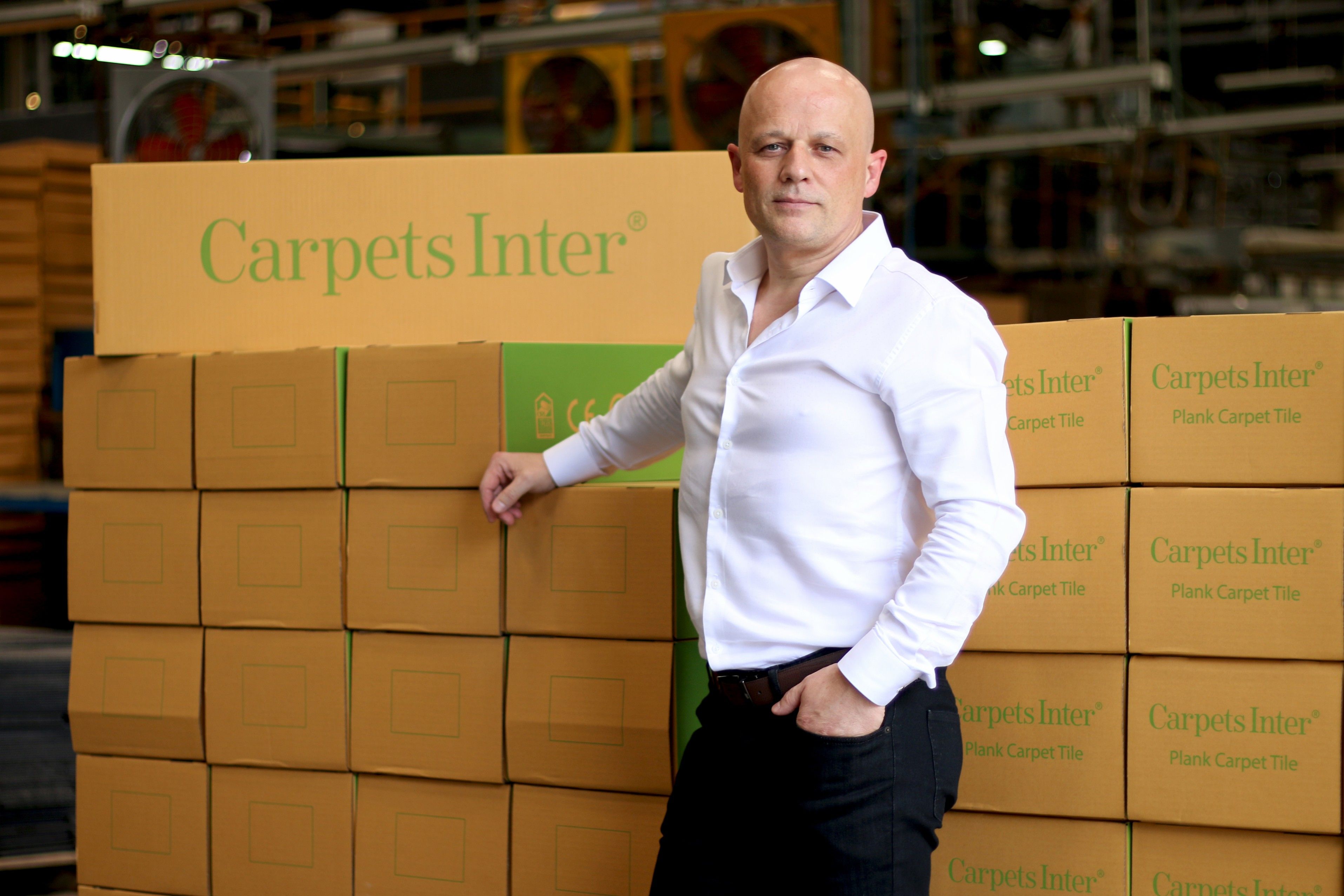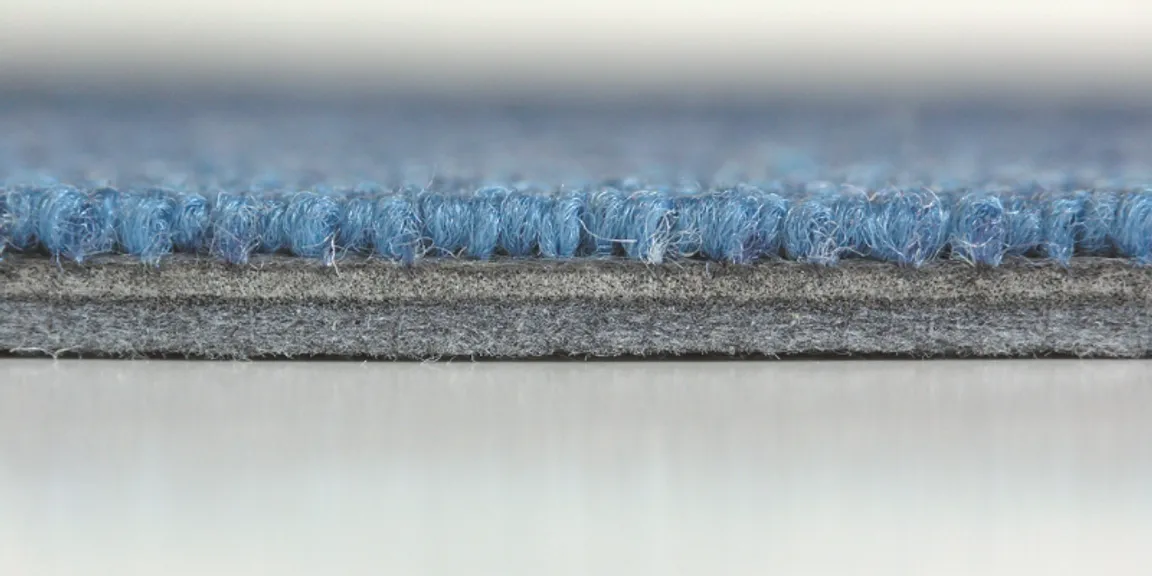The future is now: How technology is driving modern trends in the carpet industry
Carpet manufacturers are using technology and modern techniques to create products that are unique, distinctive, and need very little maintenance.
Despite the popularity that hard flooring has been gaining the last few years, carpets still continue to be trendy, especially in commercial cases.
The appearance of your office space is demonstrative of the standards of your business. When deciding office flooring, its essential that you spend some time selecting the right carpet that lends a touch of elegance and class to your workspace.
To ensure that carpets are just as beautiful and operational as other flooring options, carpet manufacturers are extensively using the latest technologies to their advantage.
There is something about carpets – with their cosy-chic, smooth, and plush feeling underfoot – that wooden floors just can’t replicate. And though wooden flooring isn’t becoming obsolete, wall-to-wall carpeting is making its presence felt - in a big and stylish way.With carpets, performance is not about what you see; rather it’s relative to what is often hidden within the backing construction to provide dimensional stability to the pile fibre and longevity of appearance retention.
New carpet technology is significantly enhancing the durability and beauty of carpets. Considering the rising popularity of carpets, manufacturers are making efforts to create products that are unique and distinctive in the marketplace.
The latest offerings require very less maintenance, are highly fade- and stain-resistant, and possess anti-viral and anti-microbial properties.
How technology is driving carpet trends
Carpets, along with other types of flooring, play an integral role in enhancing the ambience of a place. They are a staple for adding aesthetics to commercial spaces. The flooring’s design and material selections have a significant impact upon operational aspects, from durability and sustainability to cleanability and visual experience.
The basic principles of carpet manufacturing remain constant, with a fibre of choice woven or tufted into a roll or modular-backed finished product. The various qualities and constructions provide some limitation to the aesthetic ability, but generally most constructions provide a freedom of expression relative to colour, texture, and pattern.
In simple terms, there is no single construction of carpet that is engineered to suit all purposes, as it’s an aspect left to the manufacturer or well-informed end-user to decide themselves the most ‘fit-for-purpose’ carpet to suit their needs.
As younger generations adopt a disposable mentality, we see hoteliers, commercial office owners/tenants, and facility managers looking to ‘renovate’ interiors far more frequently to stay fresh and fashionable.
With the world more conscious than ever before regarding hygiene and wellbeing, more and more ‘users’ are turning to synthetic ‘anti-microbial’ modular carpet systems, which are easier to install and more functionally affordable.
The global pandemic has adversely impacted and impaired the manufacturing community in terms of raw material increase, rise in global shipping charges, and reduced business in the last 12 months.
In this scenario, eco-friendly hygienic products are emerging to help create carpets that protect occupants as well as the environment. These flooring carpet collections have environmental reuse, repurpose, recycle, and environmental themes attached to them.
Modular carpets and more
Modular carpets are rising to prominence, owing to tech advancements. Historically, modular carpets have been mainly used in the corporate commercial sector. With increasing sophistication of design-capable tufting machines, more extensive solution dyed yarn palettes, and cushion backing systems, modular carpets now offer a broad decorative appeal and underfoot comfort for all spaces.
With a diverse choice of colour, structure, and pattern, modular carpet tiles provide creative possibility, transforming the mood of interior environments and defining space. Modular carpets, thus, offer endless possibilities.
Whether we are looking to define different areas with different aesthetics, transition from one area to another or wish to navigate safely around a building, modular carpets give us so many options. These are designed to suit different kinds of work environments.
Modular carpets in neutral colors are best suited to guestrooms and rest areas. They can even add vibrant colors to meeting rooms and conference halls in offices, and go on to accentuate corridors and walkways by using coordinated combinations.
Advanced technologies have further led to the evolution of eco-friendly carpets, which have been manufactured by recycling plastic bottles. A moderately sized office installation using PET-backed cushion modular carpet tile contains approximately 50,000 recycled single use PET plastic bottles.
The unique backing is not only environmentally conscious, it delivers additional benefits, such as sound absorption for superior indoor acoustics by absorbing 150 percent more ambient noise, thermal insulation to reduce energy bills by up to 20 percent, a lightweight durability that provides both stability and comfort under foot, as well as compensating for poor floor surfaces when compared with traditional hardback carpet tile. These new-age carpets promote the overall wellbeing of individuals and environment.
The rise of innovative technologies and applications is helping develop decorative styles and offering fresh and exciting flooring options.
With wall-to-wall carpeting, one can be sure of creating an impact and remaining aligned with the latest trends. Carpets will never go out of style and the industry will continue to create high-fashion and performance-based products with the help of new technologies.
Edited by Teja Lele
(Disclaimer: The views and opinions expressed in this article are those of the author and do not necessarily reflect the views of YourStory.)







